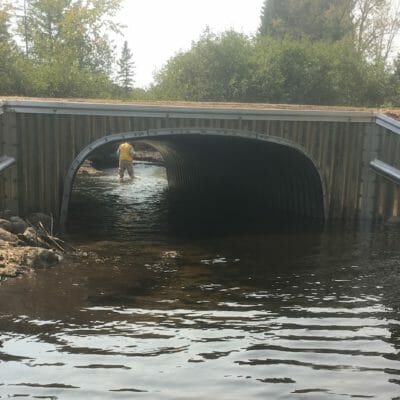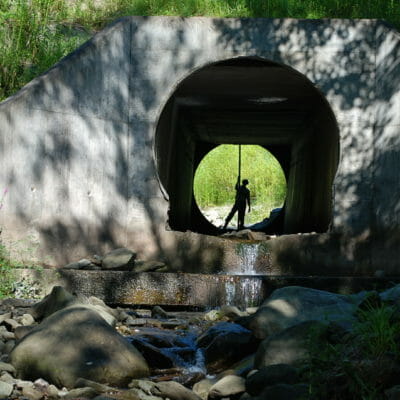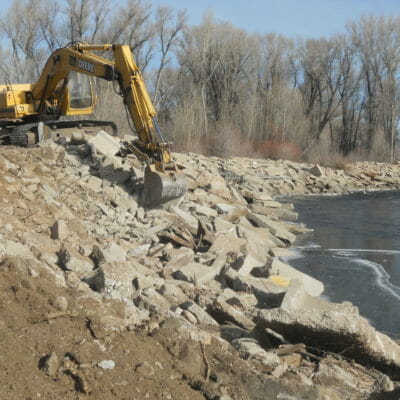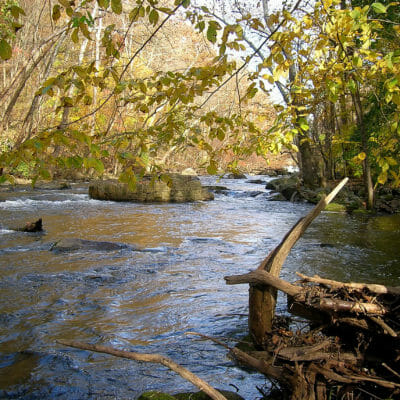A majority of Wisconsin’s 115 fish species, including native brook trout, need to move throughout a watershed seasonally or at varying stages in their lifecycle to feed, find cooler water, avoid predators and reach spawning habitat. Research conducted in the early 1990s in Northern Wisconsin documented the seasonal movement of trout. When water temperatures reached
Goals The Catskills are known as the birthplace of American fly fishing. Replete with rivers and streams, the area is a destination for many thousands of fisherman and women each year. TU is actively improving a number of trout streams in the Catskills and throughout the southern tier of New York to increase fishing opportunities
Goals In 2013 TU partnered with a landowner to remove a 500-foot section of concrete rip-rap on a popular recreational stretch of the Gunnison River. The armored bank was causing channel incision, and depositing sediment in undesirable locations downstream. Lack of vegetative cover and in-channel refuge increased trout susceptibility to low flows and increased water
The Upper Delaware Watershed is home to many of New Jersey’s best trout fishing waters, including the Musconetcong River. Here TU has removed barriers to aquatic organism passage and strategically restored over 6 miles of habitat in degraded areas to increase available habitat, food, and water quality for trout, especially native brook trout. The success





